My life, my choice. Freedom.
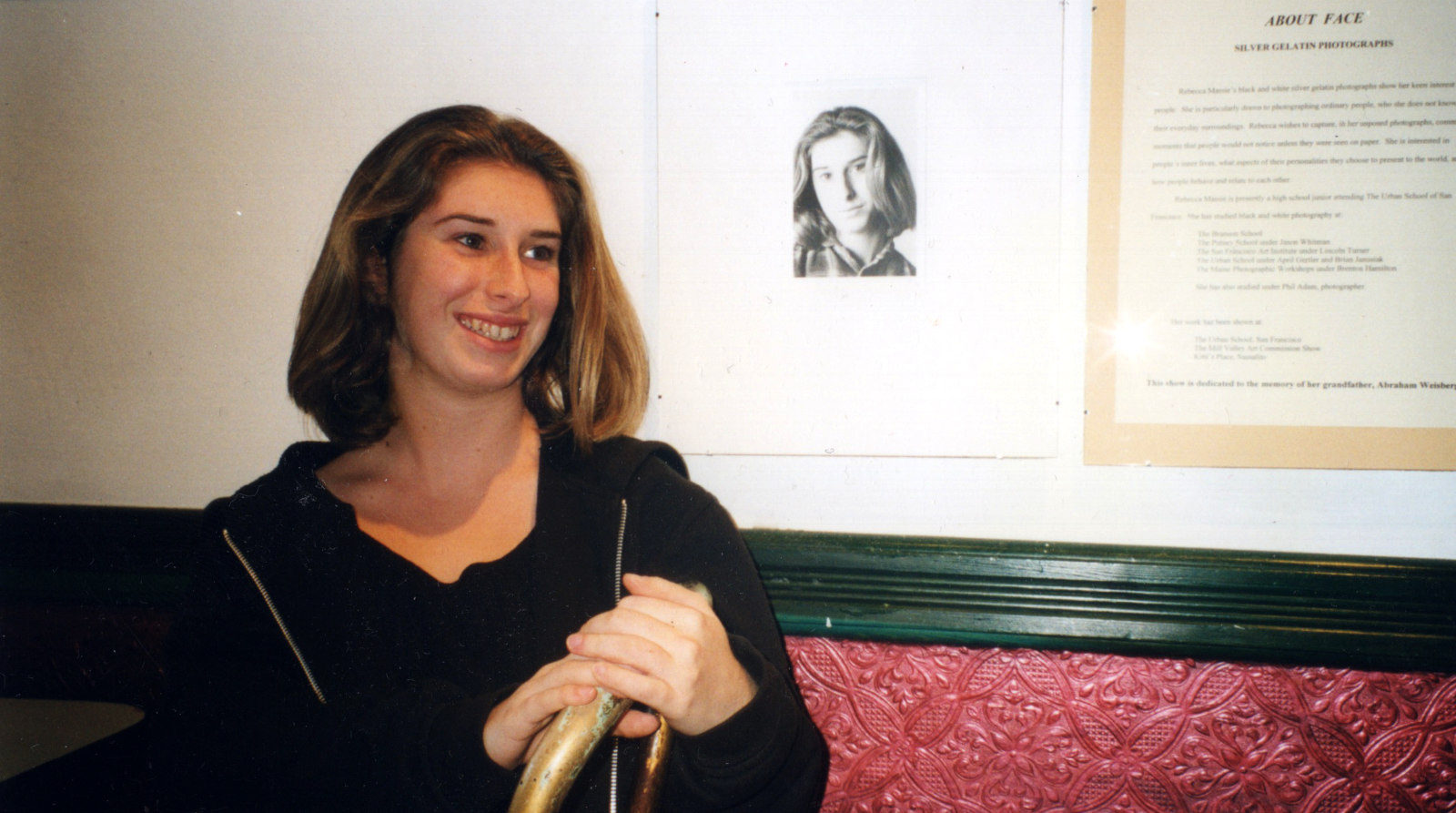
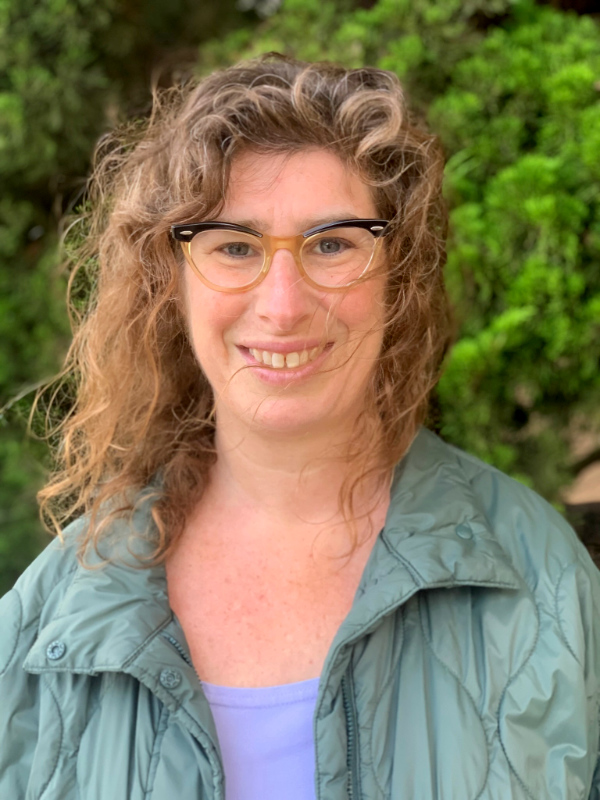 I’m sitting at my desk overlooking my backyard in the home I own with my husband. My dog is playing with his toys on my bed behind me. I live what looks like an idyllic life. Nobody knows everything I’ve dealt with and that I still deal with a lot of emotional distress. What’s important is now I know how to deal with my emotional distress. Nobody can see that I’m on the autism spectrum or that I live with chronic pain and many complex health issues. Chronic illness has changed my life dramatically. I’m still in the thick of figuring out and beginning to treat my various chronic illnesses, and I’m at the very beginning of those particular traumatic experiences. I’m not a veteran “chronic illness patient,” but I am a veteran “mental illness patient” who has successfully shed that identity.
I’m sitting at my desk overlooking my backyard in the home I own with my husband. My dog is playing with his toys on my bed behind me. I live what looks like an idyllic life. Nobody knows everything I’ve dealt with and that I still deal with a lot of emotional distress. What’s important is now I know how to deal with my emotional distress. Nobody can see that I’m on the autism spectrum or that I live with chronic pain and many complex health issues. Chronic illness has changed my life dramatically. I’m still in the thick of figuring out and beginning to treat my various chronic illnesses, and I’m at the very beginning of those particular traumatic experiences. I’m not a veteran “chronic illness patient,” but I am a veteran “mental illness patient” who has successfully shed that identity.
How it all began
I was born into and grew up in an anxious Jewish family. So, naturally, I was an anxious kid. I went to an academically demanding school that wasn’t the right fit for me. I was developmentally delayed, but no one knew what was “wrong” with me. I definitely didn’t fit in and was constantly overwhelmed by academic and emotional demands. It didn’t help that I was autistic, which I was unaware of at the time; I wasn’t officially diagnosed until I was in my early 30s.
I hid behind the camera and in the darkroom. I hid that I was lost and scared. I was seen as a talented photographer. Nobody saw the me who was behind the camera.
In high school, I turned to photography to cope and express myself. I tried to cope in whatever ways I could, including diving headfirst into all aspects of photography. I felt like I had found my niche in the world. However, it was also a way for me to hide. I hid behind the camera and in the darkroom. I hid that I was lost and scared. I was seen as a talented photographer. Nobody saw the me who was behind the camera. High school was four difficult years of feeling out of place.
I attended college at Washington University in St. Louis in 2000. Not only was I not ready for college, but I had left the support system I had at home. I didn’t realize my desperate need for support. I also hadn’t been taught the skills I needed to be a “successful” college student. I barely made it through my freshman year. After a month of being a sophomore, I was put on medical leave for my lack of mental health and moved back home. I was struggling emotionally and felt ashamed to have to live with my parents again. My family never talked about mental health, so what I was going through wasn’t normalized. I felt completely abnormal and isolated. Two weeks into my medical leave, I met my boyfriend, Chris, who’s now my husband. When I met Chris, my mental health journey was only beginning. When I was put on leave, I knew I needed real help. I wasn’t wrong. After years of outpatient therapy, I ended up going to a residential treatment center.
In August 2003, after dating Chris for nearly two years, I attempted to die by suicide. I was a mess. I was poly-medicated and couldn’t function. When I met him, I wasn’t on any psych meds, but after a few months, I was put on psych meds, which caused side effects that I needed to be further medicated for. Those additional meds caused additional side effects, and so on and so forth, until I became poly-medicated. My support team and I lost track of what was causing what and why I was medicated in the first place. All we knew was that I needed to be medicated. I was actively suicidal and out of control. In June 2004, I was put in the psych ward and then admitted to my first of three treatment centers. I only got sicker there, and the treatment was completely ineffective. I wanted out of the treatment center and knew how to manipulate my way out of it by behaving like I was better, so I was released to go back to school.
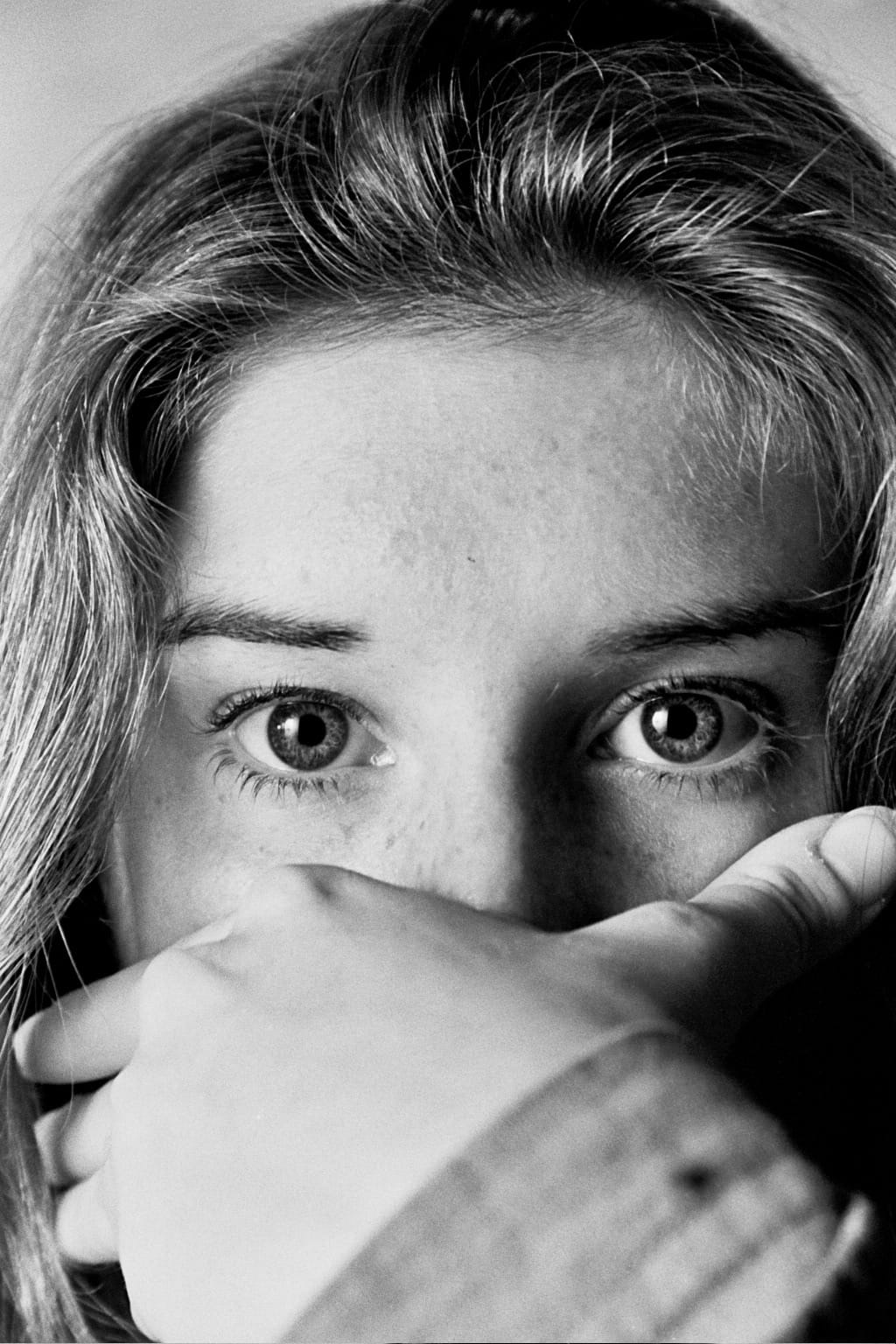
I went back to college from May 2005 to October 2006. I began seeing a terrible psychiatrist, Dr. Roberts, in the summer of 2005. I was already not in the right headspace for school, but how my psychiatrist treated me didn’t help. I couldn’t concentrate on school. I was too wrapped up in my thoughts and socially isolated. I didn’t know how to make new friends. I started to fail my classes, despite working as hard as I could, and was put on academic probation. I was emotionally overwhelmed and miserable. I took my second and final medical leave in October 2006. Dr. Roberts wanted me to stay under his care, so he sent me to a local residential treatment center. Like my first treatment center, it wasn’t a healthy atmosphere.
I was only at that residential treatment center for six weeks before my insurance stopped paying and Dr. Roberts forced me to move in with his colleague, Mary, who was a social worker. The next 18 months were a living hell of forced treatment. They told me early on that if I didn’t do what they said and clean up my act, I would become homeless and indigent. I was blamed for my behavior, and punitive measures were used against me, like taking away my phone. Because Mary and my psychiatrist controlled my life, the only way I was able to escape from my reality was via an online message board. As a result, I lived completely online. After noticing that I was spending too much time on my computer, Mary and Dr. Roberts cut me off from the world by taking away my computer. That was the last straw. I lost every tangible aspect of my life outside their grip. They controlled every part of my life. When I was finally able to call my mom, who had no idea what had been happening, she told me I needed to get out and go to what to me was yet another treatment center. My mom did extensive research and eventually found Yellowbrick.
From treatment to transformation
My time at Yellowbrick was where I learned the skills to transform my life. The staff introduced me to the idea of no forced treatment. It was the opposite of what I had previously endured. Yellowbrick set the stage for my first inkling of post-traumatic growth. Not that I knew what post-traumatic growth was. The staff didn’t blame me for my behavior. They knew I had developed ineffective coping mechanisms because I’m autistic but was never diagnosed. Everyone expected me to behave neurotypically, which made me feel like I was wrong for the world. The staff at Yellowbrick helped me understand how my brain worked and taught me more appropriate ways to navigate the world. I made friends and was part of a community that accepted and even liked me.
I was able to come out of my shell and become an advocate, activist, community builder, storyteller, and artist of multiple mediums.
What I learned there gave me the skills to get involved in the radical mental health movement, which is how I finally found my place and my people. I was surrounded by people who were like me–“misfits.” I was able to come out of my shell and become an advocate, activist, community builder, storyteller, and artist of multiple mediums.
At Yellowbrick, I met Lissie, my first friend since high school and my best friend. I didn’t know how much she loved me until after she died by suicide. Before she died, I became close with her mom, Barbara, who introduced me to the National Alliance for Mental Illness (NAMI) peer-to-peer class. Taking that class was my entry into the radical mental health community. Without knowing and loving Lissie, I wouldn’t have been impacted by her death and wouldn’t have gone to that class. Basically everything in my life now was set into motion because I took that class. Lissie’s death gave me the push I needed. My post-traumatic growth journey began.
I met my friend, Jasmine, in the NAMI class. With her, I attended a mental health conference and a breakout session about being open about my mental health experiences. After the breakout session, I made my first public disclosure of my life: I posted one sentence on Facebook–“I am coming out as having mental health struggles.” After the conference, Jasmine invited me to a support group for people with Obsessive Compulsive Disorder (OCD). Soon after attending, the host stopped holding the groups, so I started organizing and hosting my own. That was my first time creating a space where people could be completely themselves and talk about anything on their minds. Ten years later, I’m still hosting the group.
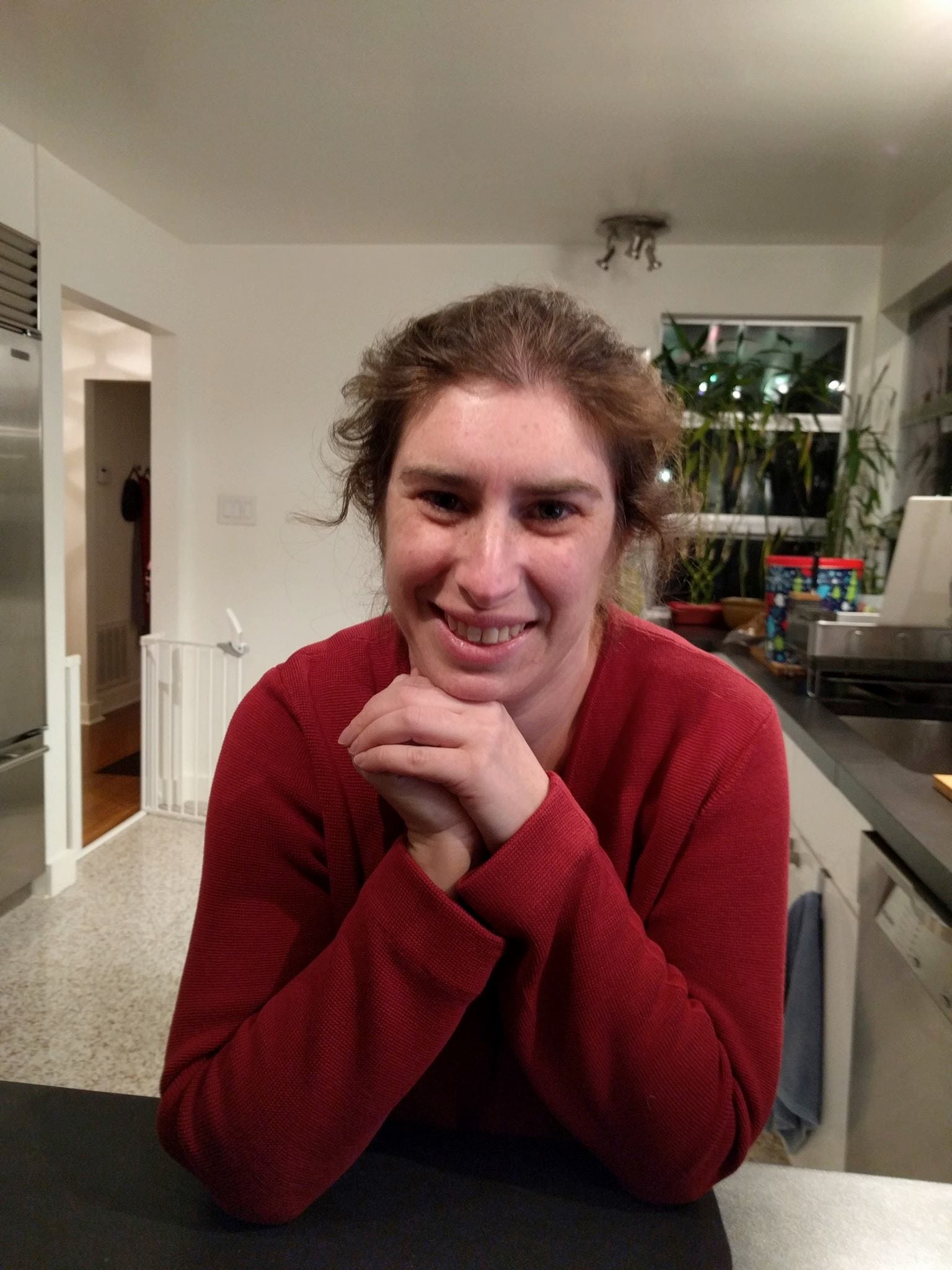
Jasmine also introduced me to a local branch of Depression Bipolar Support Alliance (DBSA), and I started going to the support group meetings. DBSA became more than a support group for me and quickly turned into my chosen family who always welcomed and accepted me. Every Saturday after the group meeting, we would go to a cafe and socialize for hours. Through some friends from DBSA, I heard about the Richmond Area Multi Services (RAMS) peer certificate program. I applied and was accepted, which was a huge deal because it was very competitive. I took the class, made more friends, and gained more confidence through the program.
I was inspired by the mental health conference to share my story with more people, so I began researching mental health speakers’ bureaus and I found Mental Health Association of San Francisco’s (MHASF) public speakers’ bureau. I filled out an application and was offered an interview. During the interview, I had the opportunity to share a bit of my story with the leaders, and they asked me to join. Through running the group and publicly sharing my story, I started to find my footing in the radical mental health community and make more friends. Around the same time, my dad was diagnosed with Alzheimer’s right before my mom unexpectedly died from a short bout of pneumonia in April 2015. Without worrying about what my parents thought, I felt free to share what I wanted to. The conference I attended, and my subsequent Facebook post, gave me a taste of what opening up was like. The speakers’ bureau allowed me to share my story on my own terms.
The birth of Better Because Collective
At this point, Chris and I had built a life together and decided that we should just get married. We got married two years later, on the 17th anniversary of our first date. Within the first few months of being married, my chronic illnesses started to present themselves. We took those “minor” challenges in stride. Back then, they were minor compared to today.
After the meeting, I searched the internet for collections of personal narratives of post-traumatic growth, but I only found stories focused on trauma, especially trauma at the hands of the mental health system.
My pain was impacting my ability to function outside of my home. In early 2019, I had a meeting with my mentor from MHASF, who was also the head of the speakers’ bureau, to figure out ways to work from home. During that meeting, the idea for Better Because Collective was born. My mentor and I, along with some of his coworkers, were chatting in their office about how we wouldn’t be sitting there together if we hadn’t had such traumatic experiences as patients in the mental health system. We were discussing how we were no longer patients and how we were doing better as a result of peer support, and how we wouldn’t have learned about peer support without all we had been through. We were essentially sharing bits of our stories of growth from trauma. We quickly realized how powerful our stories could be if they focused on growth versus trauma. After the meeting, I searched the internet for collections of personal narratives of post-traumatic growth, but I only found stories focused on trauma, especially trauma at the hands of the mental health system.
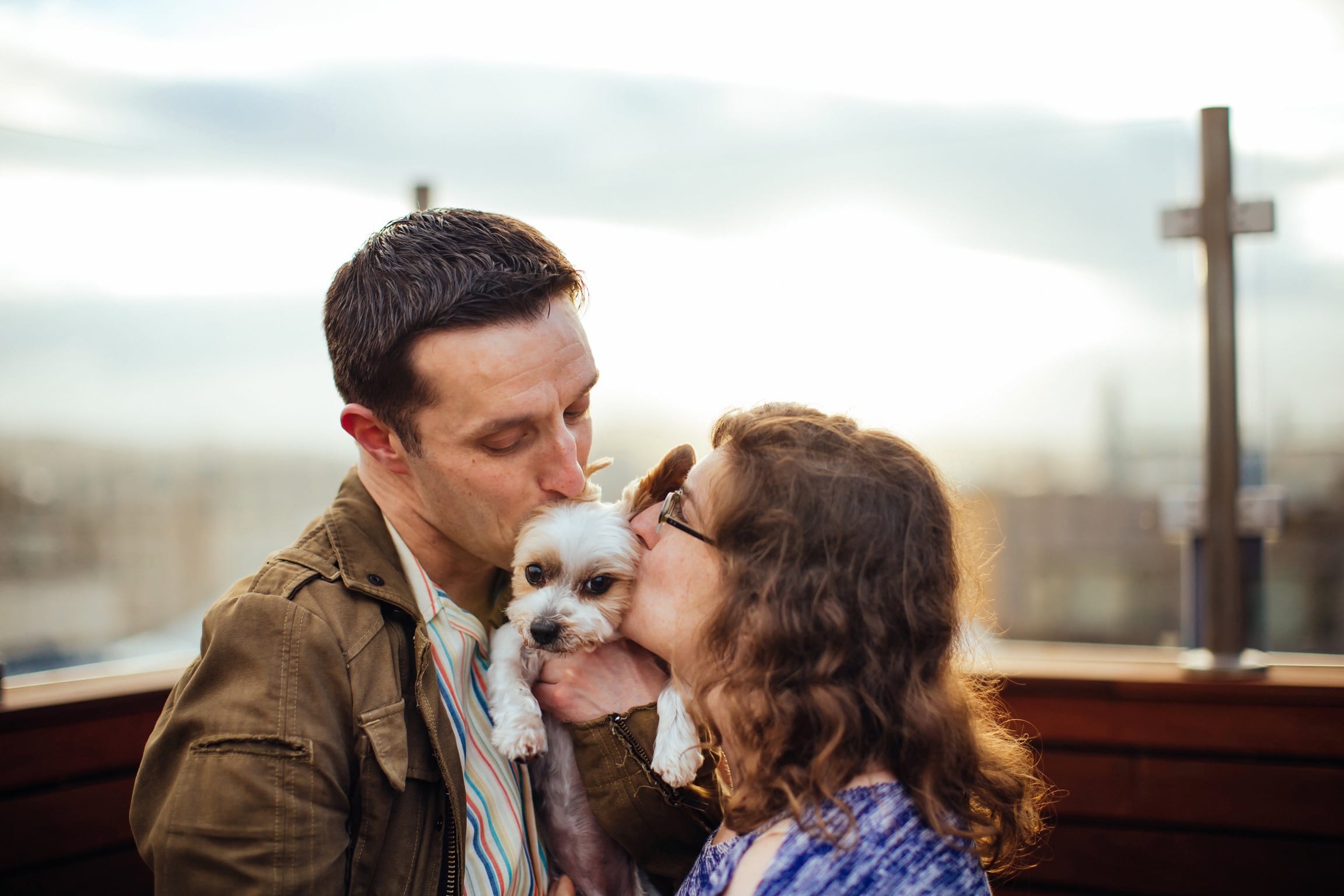
I wanted to change that narrative, so I started building Better Because Collective on a whim. I didn’t put much thought into it, and I had no idea what I was doing. I was building a non-profit from the ground up with no previous experience. It was a very messy process, especially after lockdown hit. Everyone wanted to volunteer for a remote, non-profit organization that was focused on mental health. Despite how messy operations were, the first iteration of the organization’s website went live in July 2020. In the fall, someone I knew from the peer mental health community nominated me for the Prop 63 Peer Impact Award. I was beyond surprised. Her nomination made me realize that I had done a lot in the peer mental health community. Everything came full circle when I won the award; I had gotten so much support through the years, and now I was supporting others. However, this was also right when one of my chronic health conditions got out of control.
I was getting sicker and sicker but had learned enough from my journey through the mental health system to know how to advocate for myself. I needed to find a doctor who would respect and include me as an integral part of my medical team, and I found a collaborative doctor at Center for Complex Diseases. During my first appointment, I was diagnosed with two complex illnesses, which meant having to coordinate and travel for appointments and treatments. I was trying to manage all of my medical issues myself on top of running Better Because Collective, and I just didn’t have the bandwidth to do it all. Coping with and coordinating all of my treatments and communication between doctors became my full-time job. I had to shut down the organization and didn’t know if I would ever open it back up. I couldn’t focus on anything else in my life. I had to hire a care manager. My life depended on it.
By sharing our stories, we’re stepping out of the shadows and into the light.
Having a care manager handle all of my medical stuff allowed me to have a life again, but I felt alone without peer support. I knew that if I needed peer support, surely others did, too. My experience running the OCD and anxiety group gave me the confidence to start The Bay Area Chronic Pain & Illness Peer Support Group. The support groups and Better Because Collective are all about connecting us through our shared experiences and stories. By sharing our stories, we’re stepping out of the shadows and into the light. We all need safe spaces to open up, even if we don’t open up publicly. We can take baby steps towards opening up as much as we feel safe doing so.
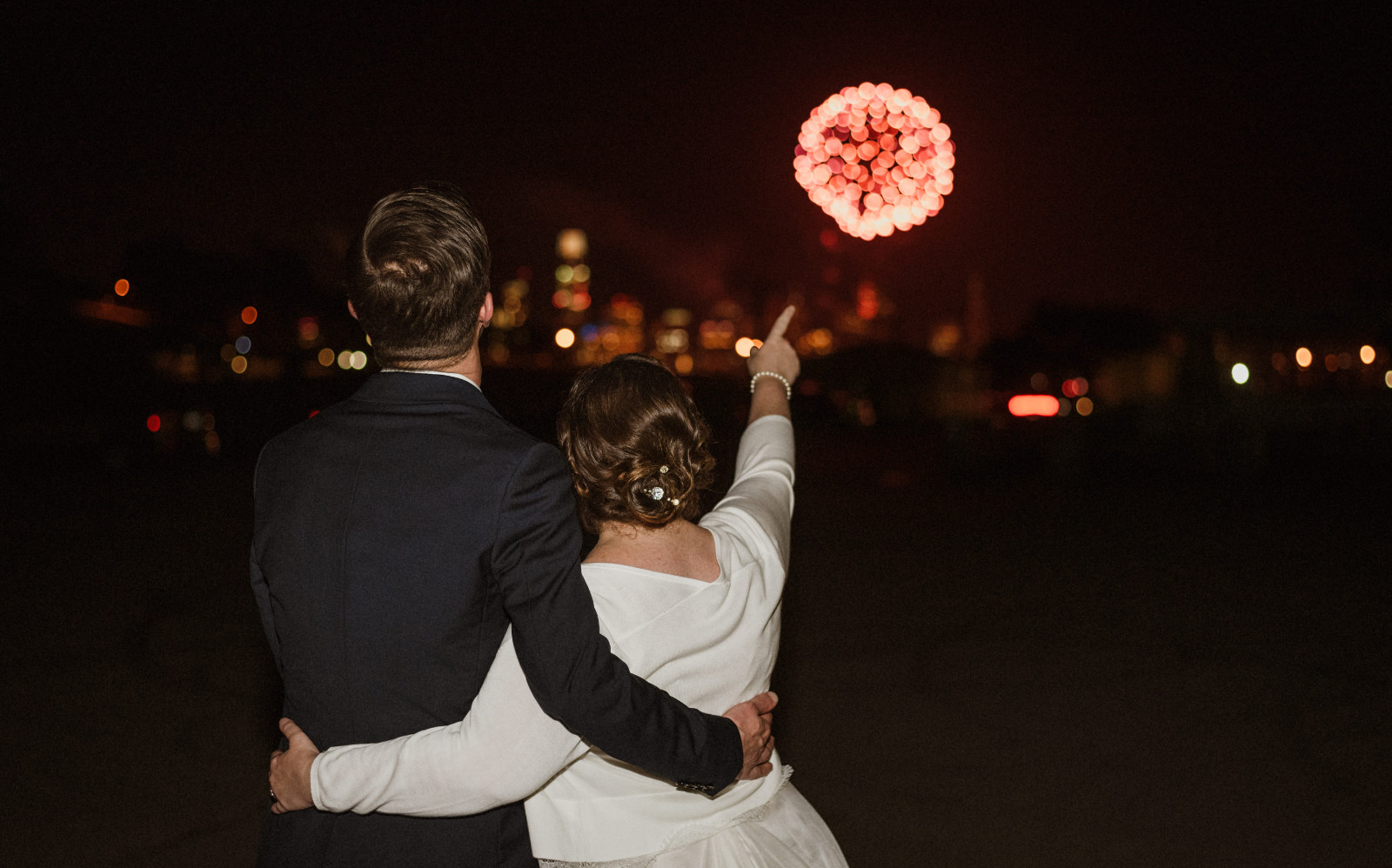
My future goals, dreams, and aspirations for Better Because Collective are for more people to read the collection of stories, learn from them, and not let past experiences dictate their lives. I want it to be a space full of stories that inspire hope, not spread trauma. I’ve learned so much from surviving my own traumatic experiences. Sharing my story about how I’ve overcome such obstacles feels empowering. I’m not letting my past dictate my life; I’m using it as a guide in the present. I’m learning and growing from my journey, and I think others can, too.